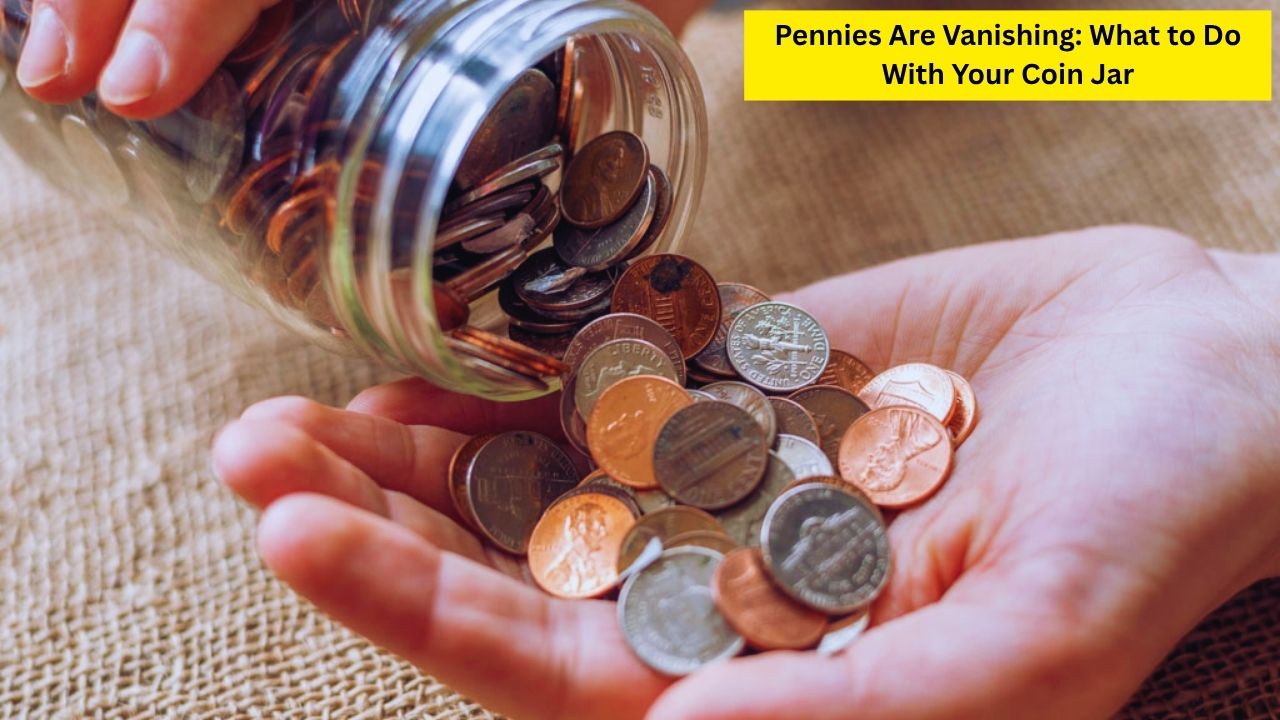The Penny’s Final Days
The U.S. government is pulling the plug on pennies, with production set to stop by the end of 2025. That means the one-cent coins jingling in your coin jar won’t be made anymore, and over time, they’ll disappear from circulation. With billions of pennies out there, many Americans are wondering what to do with the piles they’ve collected. From cashing them in to hunting for rare ones, there are plenty of options to make those pennies count before they’re gone for good.
Why Pennies Are Fading Out
Making pennies has become a losing deal. It costs about 2.1 cents to produce each one, so the U.S. Mint loses millions every year. Plus, most people don’t use pennies much anymore—they pile up in jars or get lost in couch cushions. The government says stopping production will save money and make transactions simpler. Countries like Canada and Australia already ditched their pennies, and the U.S. is following suit. Businesses might start rounding prices to the nearest nickel, so pennies will slowly fade away.
| Feature | Details |
|---|---|
| Coin Type | U.S. One-Cent Penny |
| Production End Date | December 31, 2025 |
| Material | Copper-plated zinc (since 1982) |
| Cost to Produce | 2.1 cents per penny |
| Pennies in Circulation | ~240 billion |
Cash Them In or Keep Them?
So, what should you do with your coin jar? One option is to cash them in. Banks and grocery stores with coin-sorting machines will take your pennies and give you dollars. Some machines charge a small fee, but it’s an easy way to turn loose change into usable cash. If you don’t want to spend them, consider saving them as keepsakes. Pennies, especially older ones, might become collector’s items as they get rarer. The Lincoln penny, with its iconic design, has been around since 1909, and some folks want to hold onto a piece of history.
Hunt for Hidden Treasures
Before you cash in, check your pennies for rare ones that could be worth big money. Look for coins with special dates, like the 1943 bronze penny, valued at up to $21 million because of a minting error. Other valuable pennies include the 1969-S doubled die (worth thousands) or pre-1982 copper pennies, which are heavier and worth a few cents each for their metal. Use a magnet to test—valuable copper pennies won’t stick, unlike common zinc ones. If you find something unusual, take it to a coin shop for a professional opinion.
Get Creative With Your Pennies
If you’re feeling crafty, pennies can be used for fun projects. People make jewelry, coasters, or even floor tiles out of pennies because of their shiny copper look. Schools and charities sometimes collect pennies for fundraisers, so you could donate your stash to a good cause. Online, folks are sharing ideas like gluing pennies to picture frames or creating art. These projects give your pennies new life and keep them out of the trash as they become less common in stores.
A New Era for Change
As pennies fade, the way we handle money is changing. Digital payments like apps and cards are taking over, and some businesses already round prices to avoid pennies. The end of the penny is a big shift, but it’s also a chance to rethink your coin jar. Whether you cash them in, hunt for rare coins, or turn them into something creative, now’s the time to act. That dusty jar on your shelf might hold more than just cents C it could hold history, value, or a fun project waiting to happen.



